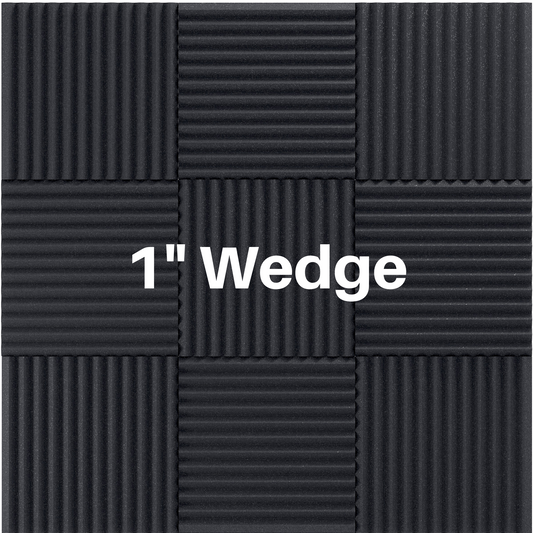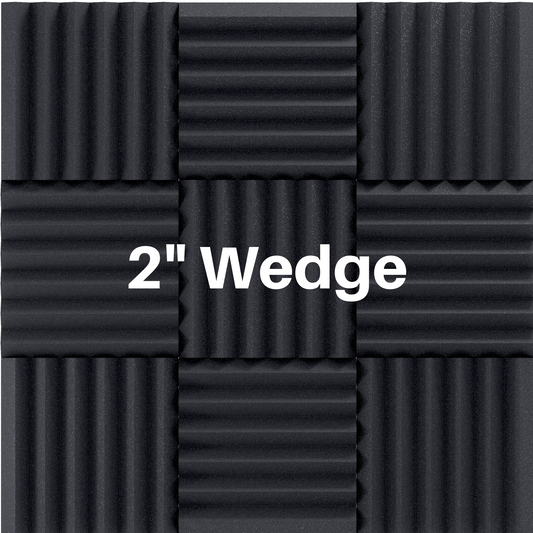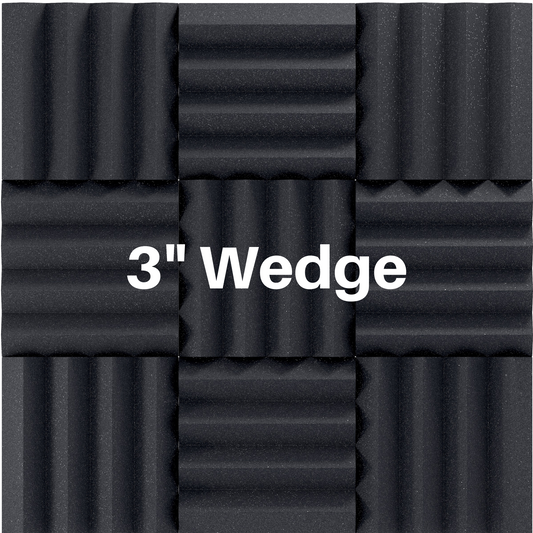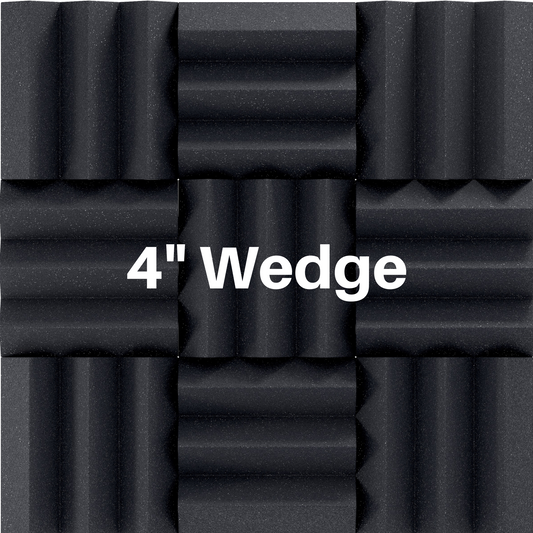How To Stop Noise From Coming Through A Wall
Share
Stopping noise from coming through a wall involves addressing both airborne and structural sound transmission. There are a few ways to go about stopping the noise from coming through, but first we will go over the difference between the two noise types.
Airborne Sound Transmission
Airborne sound transmission refers to the spread of sound through the air. This type of sound transmission occurs when sound waves travel in a room our outside to reach our ears or other surfaces. Examples of airborne sound include speech, music, and the noise generated by appliances or machinery.
In buildings, airborne sound can travel through walls, floors, ceilings, doors, and windows. It can pass through gaps, cracks, and openings in these surfaces, as well as travel along shared air ducts, ventilation systems, and plumbing.
Common examples of airborne sound transmission in everyday life include hearing conversations from the adjacent room, loud music from a neighboring apartment, or street noise coming through windows.
To reduce airborne sound transmission, soundproofing measures such as adding mass, using acoustic insulation, and sealing gaps are commonly employed. More on those below!
Structural Sound Transmission
Structural sound transmission, on the other hand, involves the transmission of vibrations or impact noise through the building's structure. These vibrations can then be transmitted to other parts of the building and radiate as sound on the other side.
Common examples of structural sound transmission include footsteps on a floor, objects being dropped or dragged, and even vibrations from heavy machinery or construction equipment.
To help eliminate structural sound transmission, various techniques can be used, including decoupling structural elements (e.g., resilient channels or floating floors), using materials that dampen vibrations, and isolating noisy equipment from the building's structure. These methods help prevent vibrations from traveling through the building and turning into audible noise on the other side.
Ways To Stop Noise From Going Through Walls
Add Mass to the Wall
One of the most effective ways to reduce airborne noise is by increasing the mass of the wall. You can do this by adding additional layers of drywall, preferably with more thicknesses. Use specific drywall or sheetrock with a higher density for better results.
Install Acoustic Insulation Inside The Wall
Fill the wall cavity with acoustic insulation material like mineral wool, fiberglass, or acoustic foam. This helps absorb sound and prevents it from passing through the wall.
Seal Cracks and Gaps
Seal any gaps or cracks in the wall, including around electrical outlets, baseboards, and windows. Use acoustic sealant or weatherstripping to ensure a tight seal.
Decouple the Wall
Decoupling involves separating the wall layers to prevent sound vibrations from transferring through. This can be done by installing resilient channels or acoustic clips between the drywall and the studs. If possible, construct a double stud wall with an air gap in between. This creates a more substantial barrier to sound transmission.
Add A Soundproofing Layer To The Wall
Dense material can be added to the wall's surface to help block the sound. The material acts as a sound barrier and can significantly reduce noise transmission. Below are some common types of materials that are used.

In between the studs in the wall it is ideal to use insulation. Fiberglass and mineral wool are popular choices.
Door and Window Seals
Ensure that doors and windows are properly sealed with weatherstripping or door sweeps to prevent noise leakage through these openings.
Address Floor and Ceiling
Don't forget about the ceiling and floor. Use similar soundproofing techniques for these areas to create a complete sound barrier.
What is the best wall construction for soundproofing?
Double Wall with Air Gap
Constructing a double wall with an air gap in between is one of the most effective ways to soundproof a wall. This involves building two separate layers of wall with a gap in between them, which decouples the layers and reduces sound transmission. You can fill the gap with acoustic insulation for better results.
Resilient Channels or Hat Channels
Install resilient channels (also known as hat channels) or acoustic clips on the existing wall studs before attaching the drywall. These channels separate the drywall from the studs and help minimize sound transmission through vibrations.
Add Soundproof Layers + Drywall
Use soundproof material that is specially designed to block sound. It has a higher mass and better sound-absorbing properties than regular drywall.

In between the studs you will want to add additional insulation. The best soundproofing insulation for inside the studs depends on various factors, including your specific needs, budget, and the existing structure of your walls. Here are some common soundproofing insulation options:
Fiberglass Insulation: This is a widely used insulation material that can help reduce sound transmission. It's relatively affordable and readily available.
Mineral Wool Insulation: Mineral wool, also known as rock wool or slag wool, is dense and effective at blocking sound. It can be a good choice for soundproofing walls.
Cellulose Insulation: Made from recycled paper and treated with fire-retardant chemicals, cellulose insulation can be blown into wall cavities, providing good soundproofing properties.
Check out our soundproofing panels HERE!








